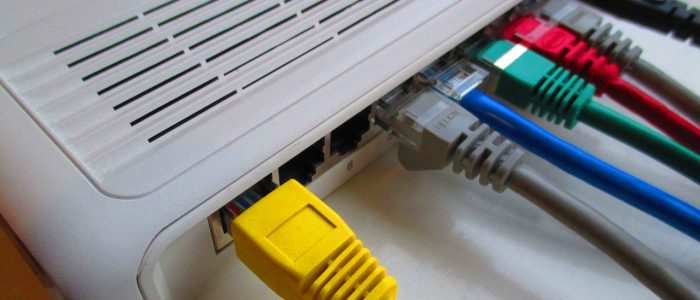How to password protect Apache site or folder but still allow some IP ranges
There are cases where you’d want a particular site or subfolder to be easily accessible from specific locations (like the intranet) but apply a minimum protection from public eye for the wide internet.
Apache does support this mixed configuration for its sites through its htaccess functionality.












